La Biennale di Venezia is preparing to open its doors to the public for its 60th International Art Exhibition, titled Stranieri Ovunque - Foreigners Everywhere, curated by Adriano Pedrosa and produced by La Biennale di Venezia. The event will take place from the Giardini to the Arsenale, open to the public from April 20 to November 24, 2024. The awards and opening ceremony will take place tomorrow, Saturday, April 20, 2024, after the traditional three-day pre-opening from April 17 to 19. Rich, as always, the offerings of the national pavilions. And after three days of visiting and comparing with each other and colleagues, which pavilions are the best? Here is the list of the ones we found most interesting: the top 10 best pavilions of Biennale 2024 according to Finestre Sull’Arte.
Azerbaijan’s pavilion is located immediately in front of the Arsenale and presents a project, curated by Anna Melikova and Luca Beatrice, with works by three artists: the experienced Irina Eldarova and Rashad Alakbarov and the young Vusala Agharaziyeva. Eldarova presents a series of works starring Marilyn Monroe caught in a series of scenes with an Azerbaijani worker, as if narrating an impossible love story, Agharaziyeva takes us to the “Pink Planet” that gives the project its title(From Caspian to Pink PLanet: I am Here), while Alakbarov signs the third moment(I am here) with an installation that surprises in the finale. The path speaks of themes such as identity and migration to lead to the “Pink Planet,” a kind of final destination that makes us feel like strangers within our own existences. Good paintings, excellent narration, the works of the three artists blend very well together.
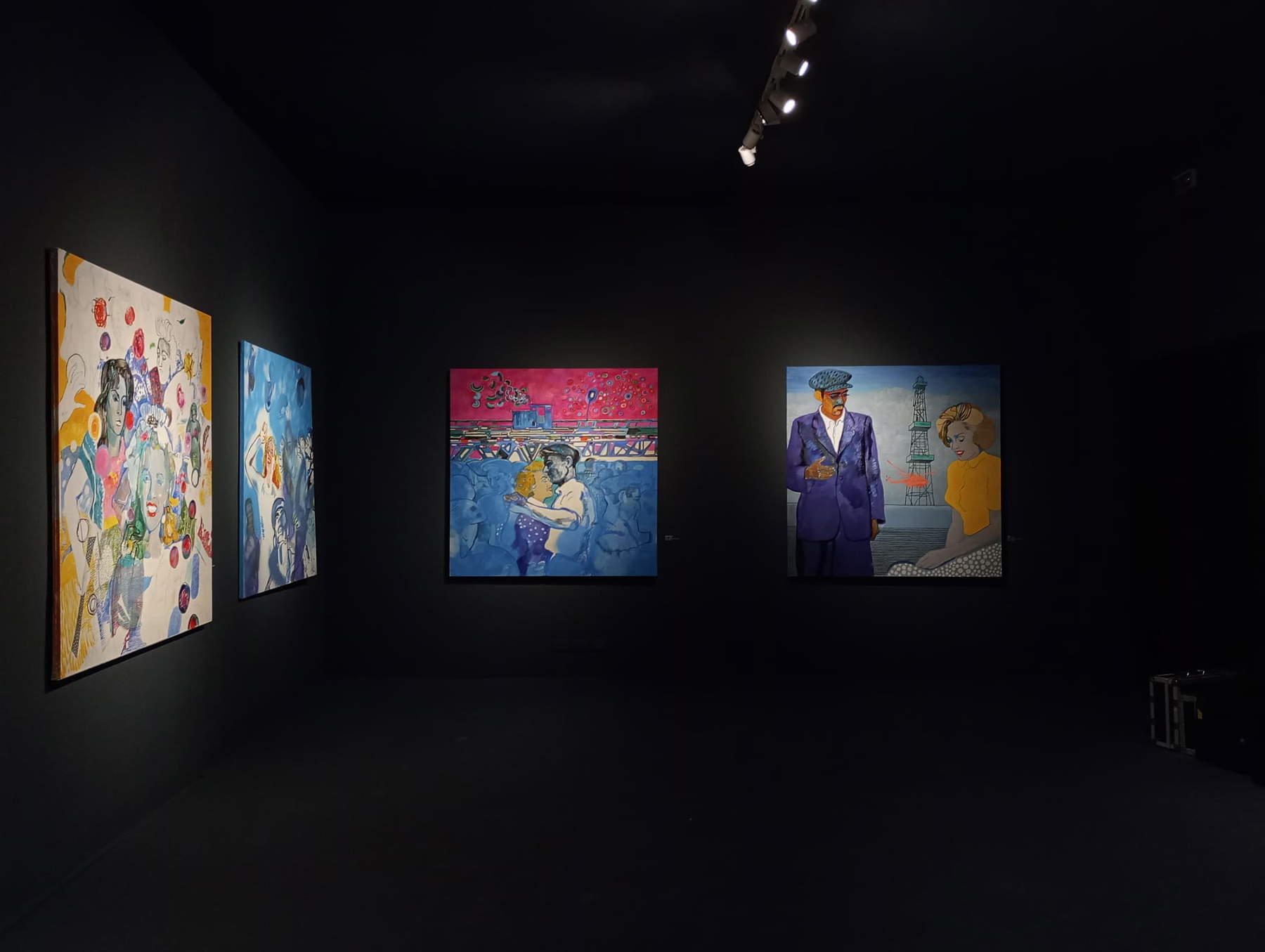
A world in danger, the remnants of a civilization affected by wars, natural disasters, dangers and assorted calamities. It is the one narrated by Gülsün Karamustafa in the Turkey Pavilion, made up of sculptural works, a film and a large sound installation. The project is titled Hollow and Broken: A State of the World. Most striking are the large columns, a sign of a world in ruins. Columns that actually, on closer inspection, are plastic molds: the choice of material was made to suggest to the audience an idea contrary to the one usually associated with glory and power. Spaced elements, environment in the half-light, somber sound: a project that succeeds in achieving its goals by evoking those feelings it sets out to evoke.
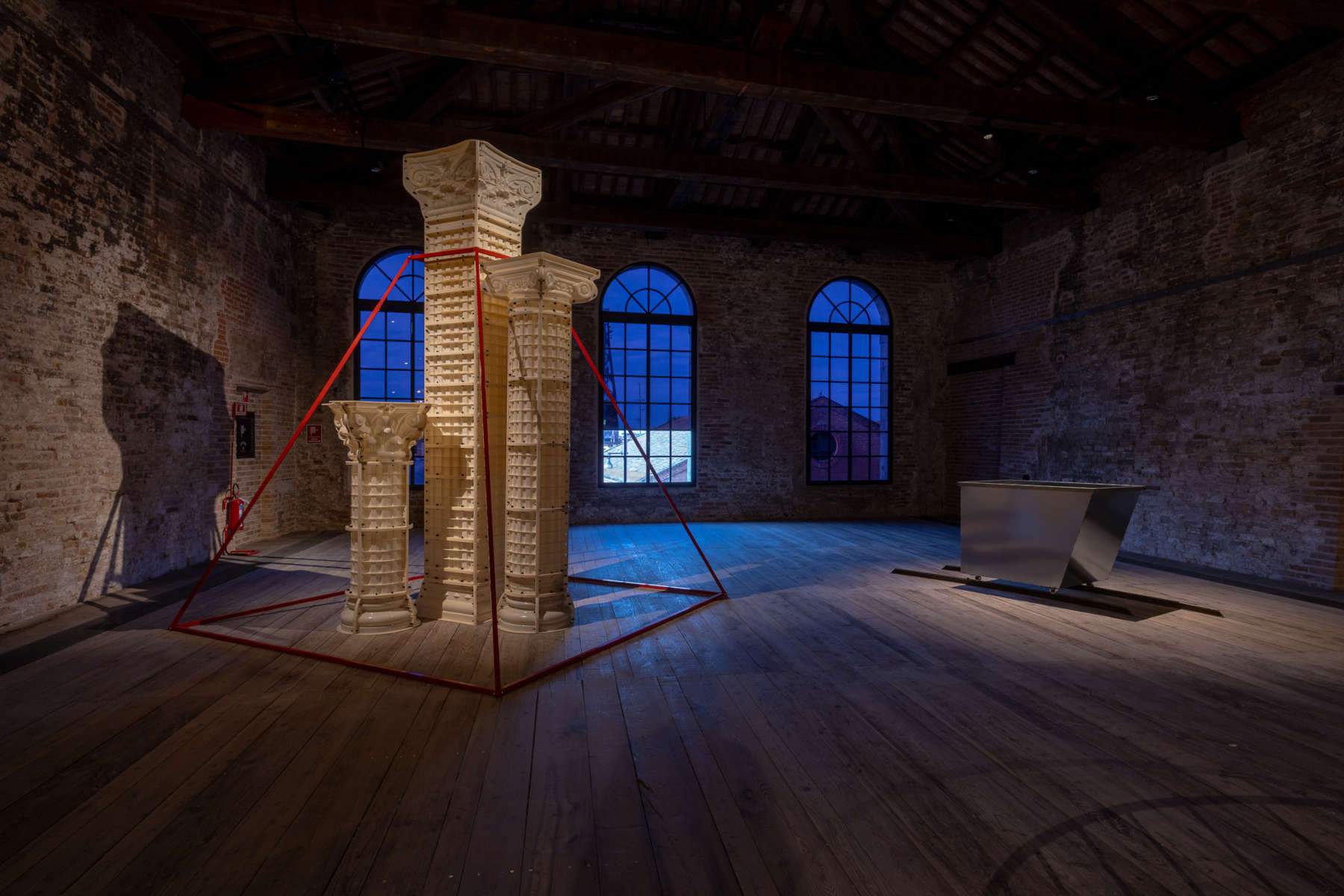
In a Biennale where very little Western painting is seen (indeed, painting is almost absent from the national pavilions: yet it is always the medium of choice for collectors... ), one of the rare cases is that of Iva Lulashi, a name known in our latitudes since she has lived in Italy since childhood and was artistically trained here. Thus present on the scene for years, she arrives in Venice with a body of works (some already presented in the past, others painted ex novo) dedicated to sex and female desire within a pavilion that has been set up to recreate the cubes of her studio, to increase the sense of intimacy that the works want to evoke (the title of the project is Love as a glass of water, curated by Antonio Grulli). Born in 1988, Lulashi is among the best Italian painters of her generation, and the Pavilion of her native country is a bit of a consecration over much appreciated work: to be seen in the future whether her art, already of an excellent standard, will be able to make further shots.
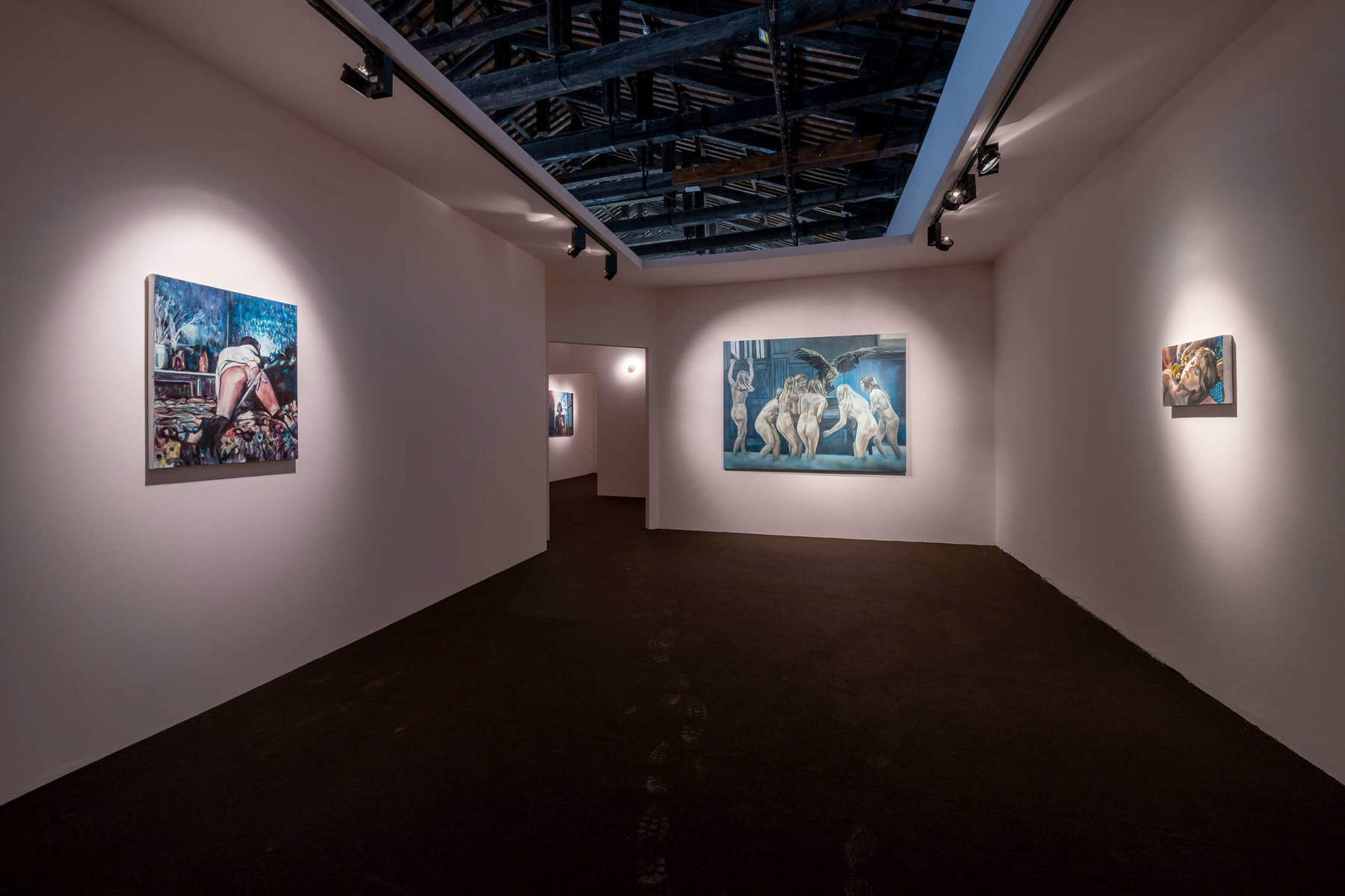
Croatia is presented with a romantic project by Vlatka Horvat, entitled By the means at hand, curated by Antonia Majaca. The Croatian artist has created an exhibition of artists living “as foreigners,” thus following the main theme of the 2024 edition of the Biennale. She asked each of them, friends and colleagues, for a work, to be sent to Venice through a specially chosen messenger (thus not by courier or modern means of shipping). In fact, the works are brought by hand, and Horvat asked each artist to take a photo of the moment of delivery to the improvised shipper, capturing only their hands. In return, Horvat offers each of the participants their own work that has Venice as its theme. The project, then, insists not only on the theme of feeling “foreign everywhere,” but also on the value of encounter and exchange. The set-up is excellent, light and delicate, and the exhibition gives a way to see many declinations of the Biennale theme.
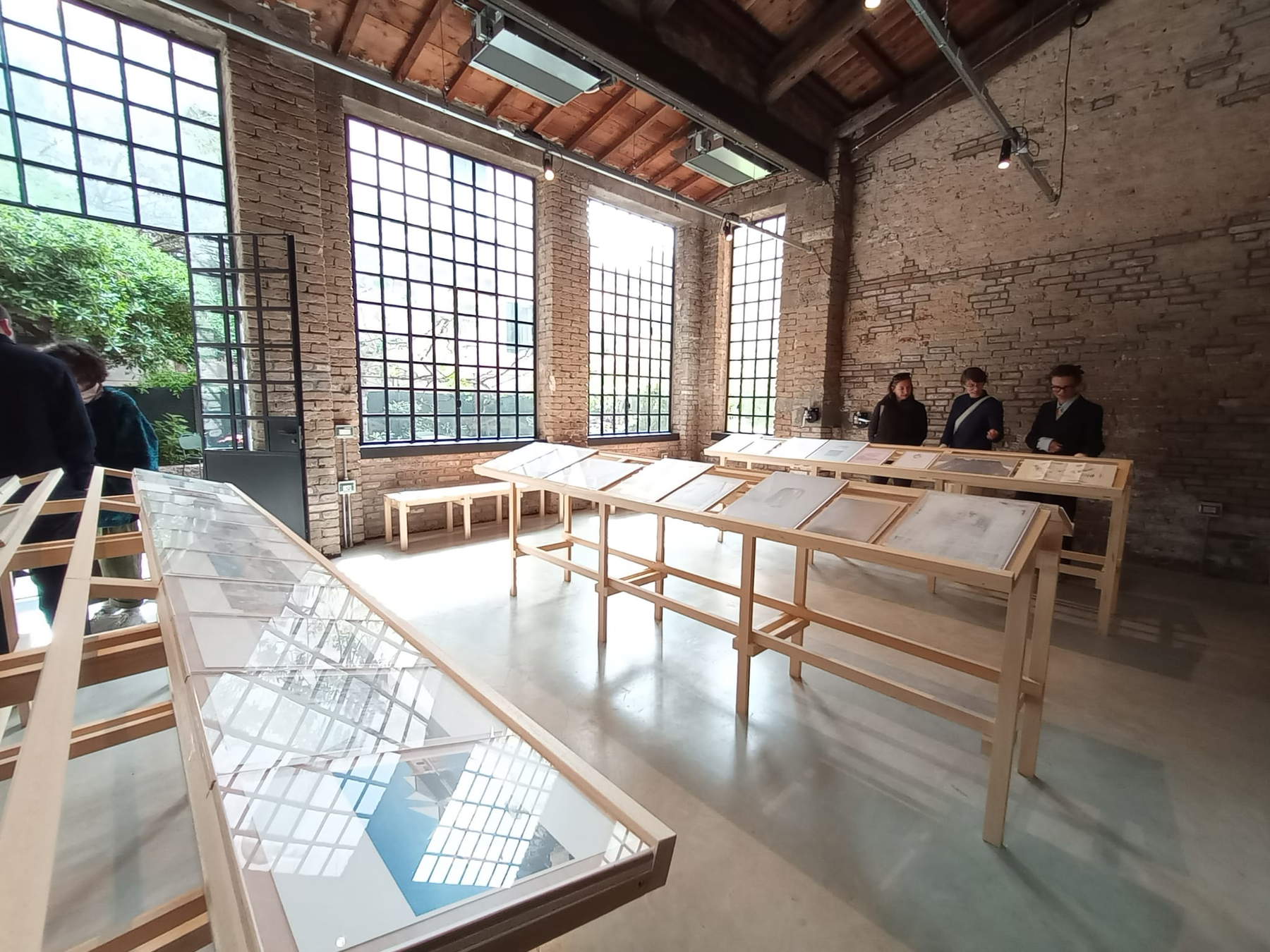
For the first time, a native artist is featured in a monographic project at the United States Pavilion(The space in which to place me, curated by Abigail Winograd and Kathleen Ash-Milby). He is Cherokee Jeffrey Gibson, known for his colorful works, which he also brought to the Biennale to bring to life a narrative that combats stereotypes against Native Americans but also against the LGBTQ+ community. What’s more, he also aims to fight against the “chromophobia,” as he calls it, of contemporary art through an explosion of colors that invades every space in the pavilion, even outside: in fact, the facade has been completely covered. Inside, tall sculptures, colorful ducks and even a film on the project’s themes.
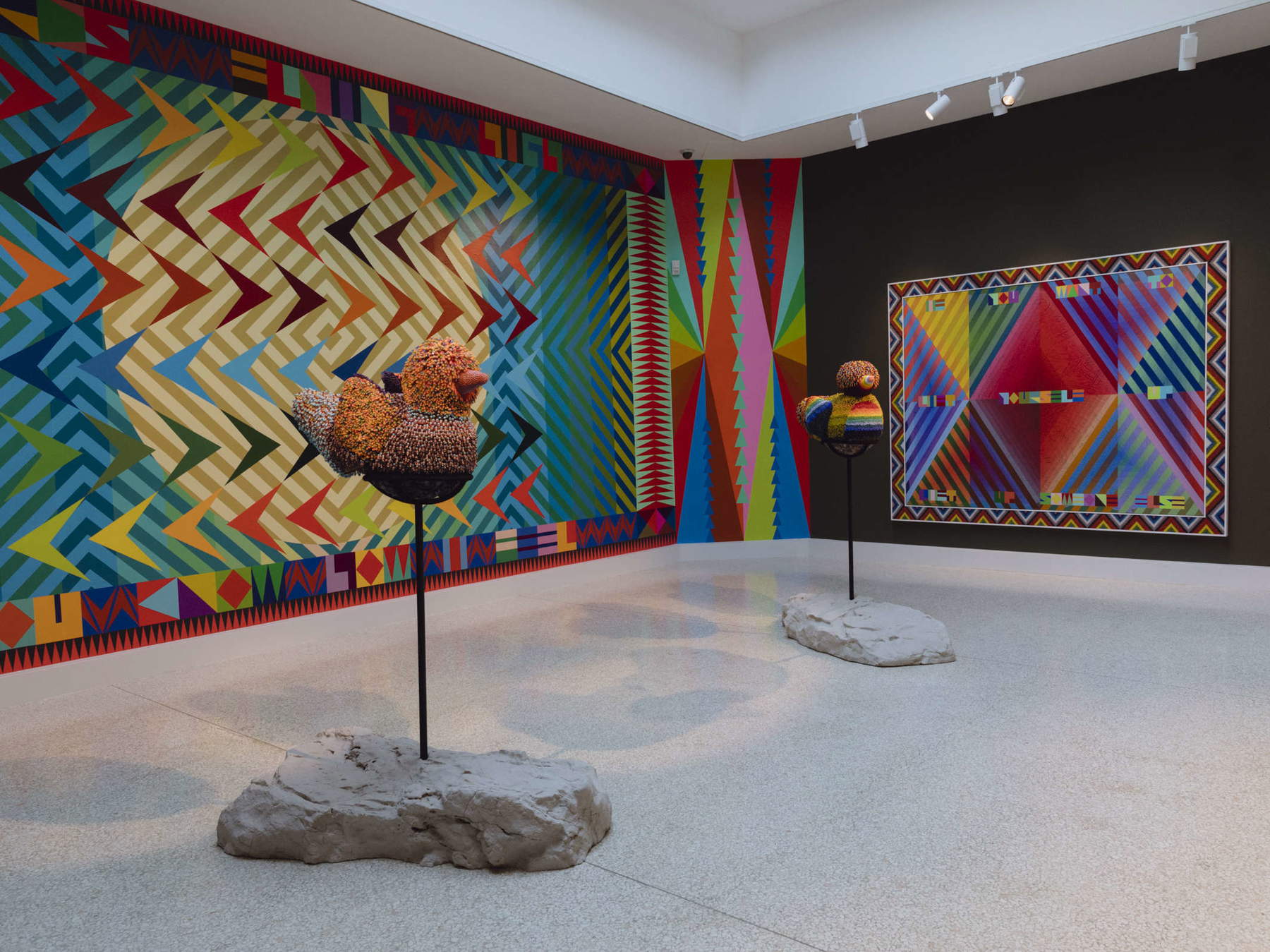
The Uzbek pavilion is very poetic, with Don’t miss the cue, a monographic project by artist Aziza Kadyri, who imagines the backstage of a theater (the pavilion is in fact located in the Teatro delle Tese at the Arsenale) to investigate the experiences of Central Asian women and how they think about their identity during the migration process. The pavilion is thus conceived as a journey inside the identity of Uzbek women: ubiquitous is blue, the color of tradition, as well as Suzani, Uzbek embroidery. The finale is impressive, with the visitor’s perspective changing completely.
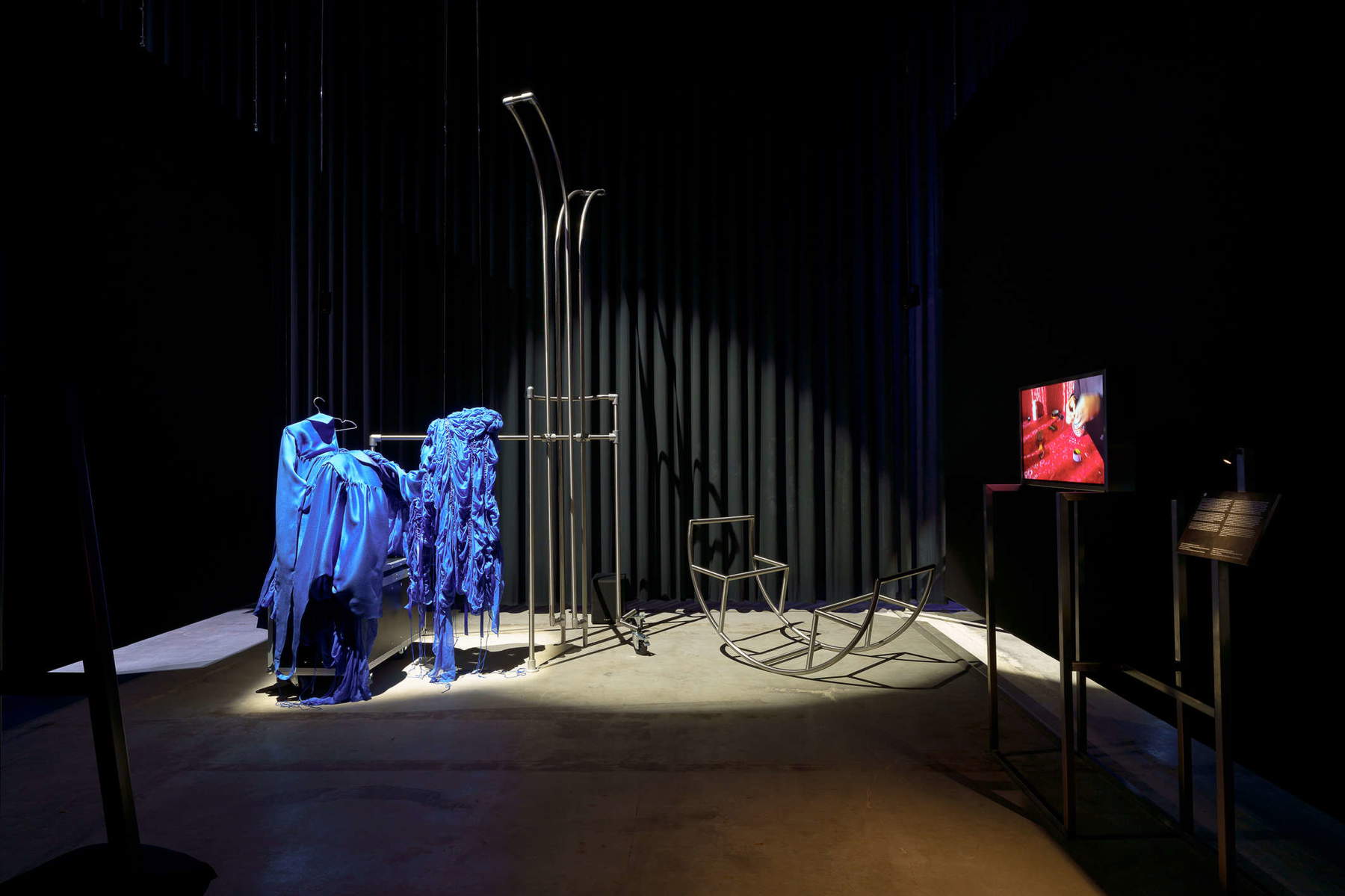
Rise of the sunken sun is the title of Denmark’s pavilion project, which for the first time relies on a native Greenlandic artist, photographer Inuuteq Storch. Curated by Louise Wolthers, this is an exhibition in the traditional sense of the word: it showcases the photographs Storch has long taken in his homeland to explore the landscapes, the people, the way local communities relate to Denmark, but also the colonial past of this land. This is complemented with an installation, the “drowned sun” that gives the pavilion its title, and which unlocks further meanings. It should also be noted that the words “Denmark” on the facade of the Pavilion have been replaced with “Kalaallit Nunaat,” or “Greenland” in the local language.
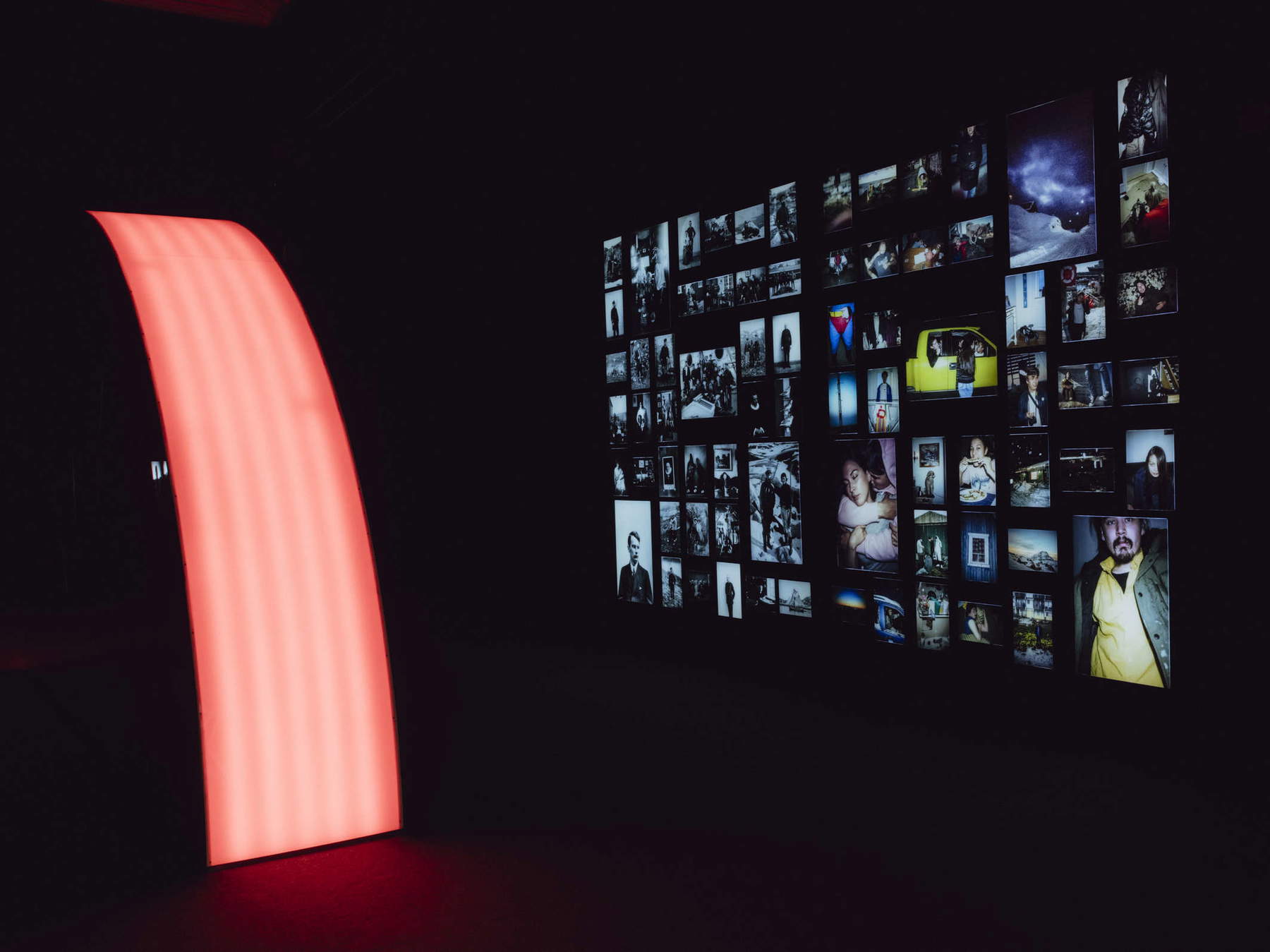
Welcome to the apotheosis of camp aesthetics: director Guerreiro do Divino Amor’s Super Superior Civilizations, curated by Andrea Bellini, makes fun of all the stereotypes that have always surrounded Switzerland. Amid kitschy sculptures, heroes of mythology transported to the Alps, dream worlds, and legions of transsexuals who become bizarre officiants, Guerreiro do Divino Amor invites audiences to take assorted nationalisms and chauvinisms less seriously with a short film to watch all the way from start to finish, nose to the grindstone (particular the structure: a large dome inside the Helvetic pavilion, and the film is projected onto the dome, as if it were a large fresco, exactly like those that centuries ago were painted to celebrate and not to demolish, to deconstruct). The very comfortable chaise lounges set up in the pavilion facilitate the operation.
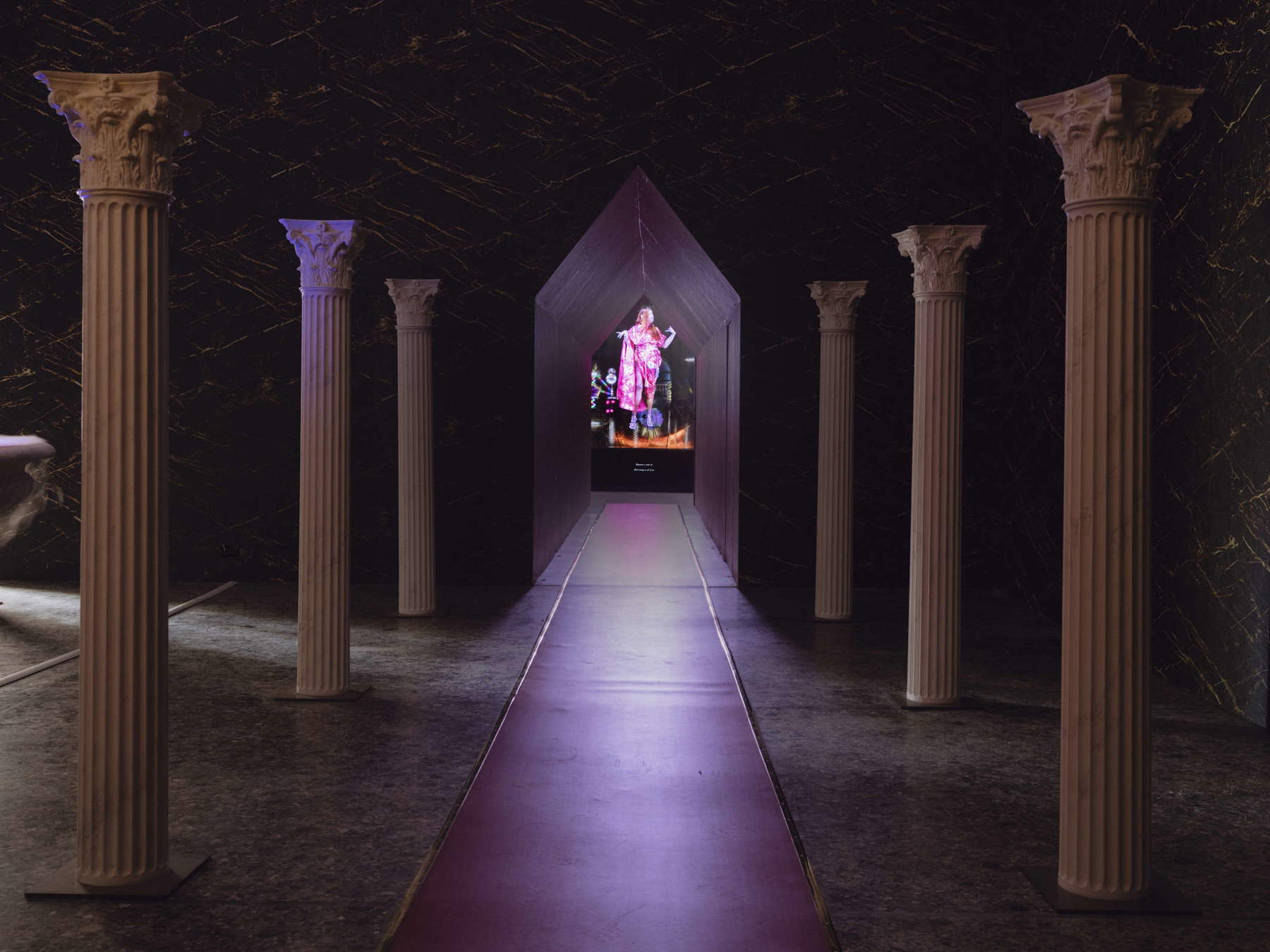
This year, the Pavilion of Spain has been set up like a museum: in fact, the project is called Pinacoteca Migrante (Migrant Pinakotheque ) and features layouts and room divisions quite similar to those of a normal art gallery. Only this art gallery tells, with the works of Sandra Gamarra Heshiki, the colonial past of Spain. First with landscapes that mimic the paintings kept in the great Spanish museums, then with a sort of Wunderkammer made up of objects that tell stories of colonizers and colonized, then with a sampling of works that try to understand how racism originated, and then more works on the theme of migration and much more. As in many museums, each room has a theme. And, in the middle of the museum, also a special secret garden. It has already been mentioned how very little painting is seen in this Biennale, and Sandra Gamarra Heshiki’s is among the best work.
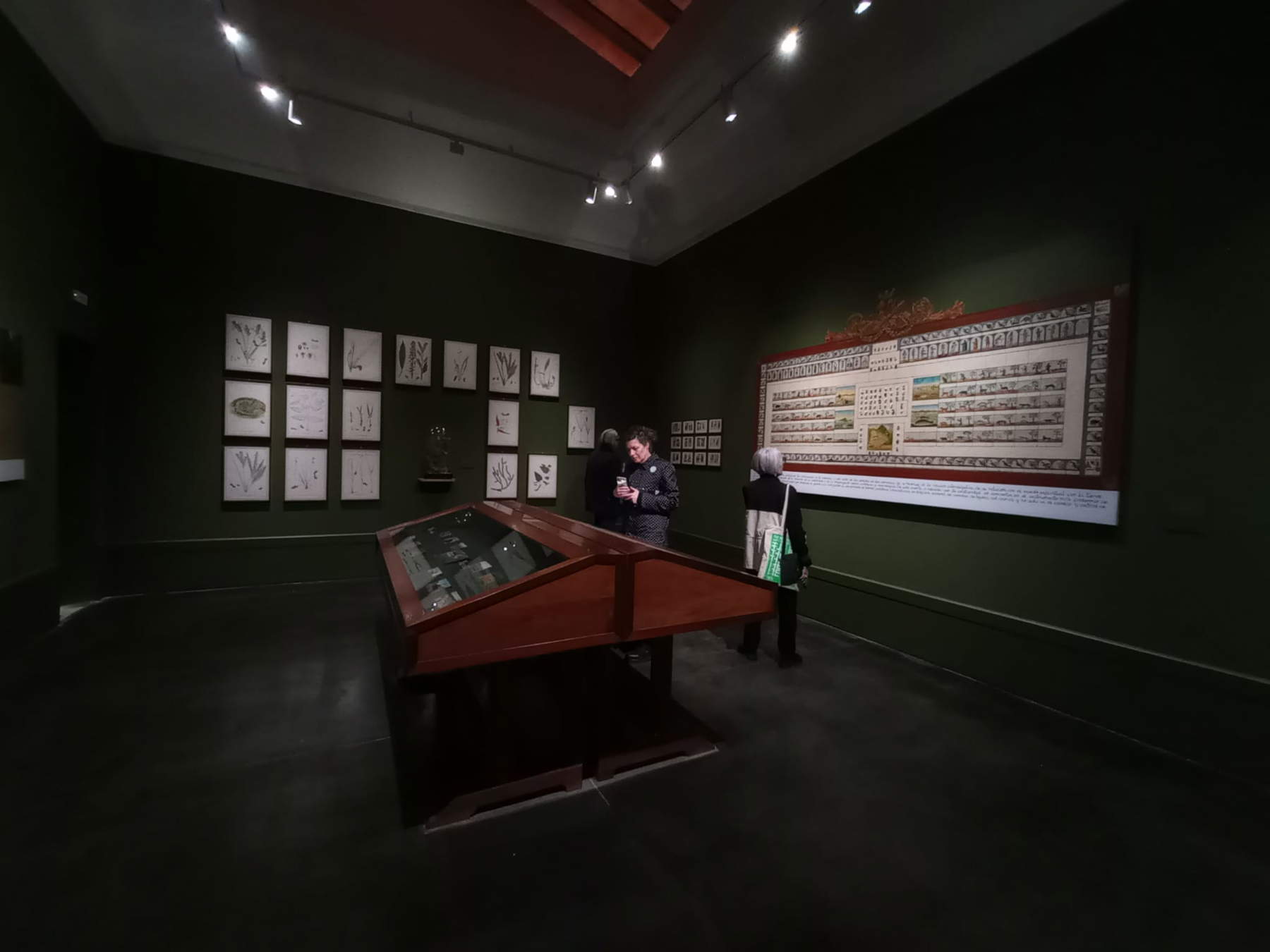
The title of the project is very long: Attila cataracte ta source aux pieds des pitons verts finira dans la grande mer gouffre bleu nous nous noyâmes dans les larmes marées de la lune. The work is by Parisian-born, Martinique-born Julien Creuzet; it is curated by Céline Kopp and Cindy Sissokho. It is a total work of art: ceramic and rope sculptures (the likes of which have been seen in the past, but as a whole they work beautifully here), videos, a sound installation that puts Creuzet’s long poem that gives the pavilion its title into song. An enveloping and hypnotic experience to talk about decolonization (the overarching theme of this Biennale) in a way that is neither pedantic nor didactic, but poetic. Decolonization, in essence, as rethinking rather than repairing, Creuzet seems to want to say. To be visited by being carried away by the waves of the sea imagined by Creuzet, a sea that bathes both Martinique and France, both the colonized and the colonizer.
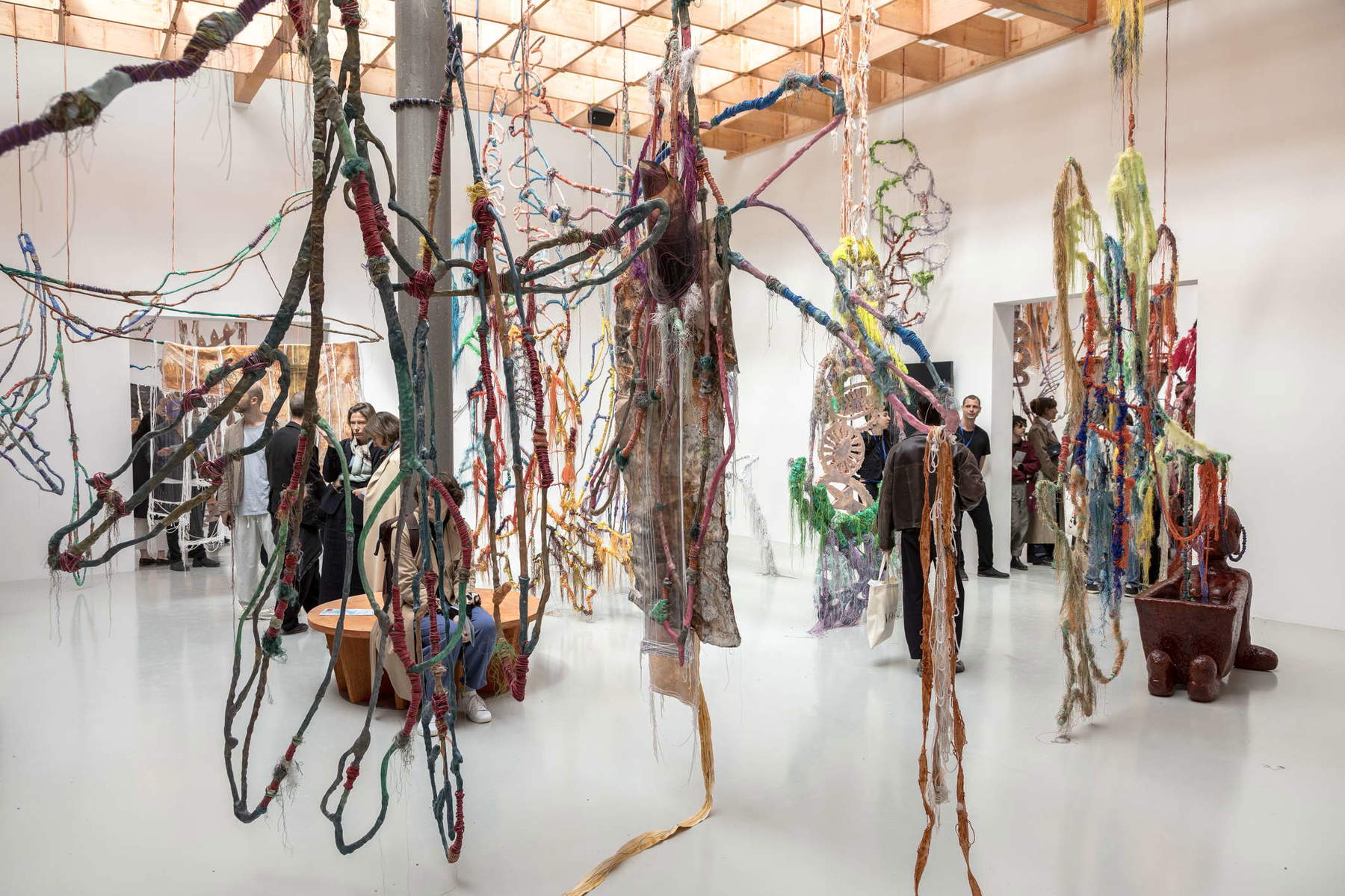
Warning: the translation into English of the original Italian article was created using automatic tools. We undertake to review all articles, but we do not guarantee the total absence of inaccuracies in the translation due to the program. You can find the original by clicking on the ITA button. If you find any mistake,please contact us.